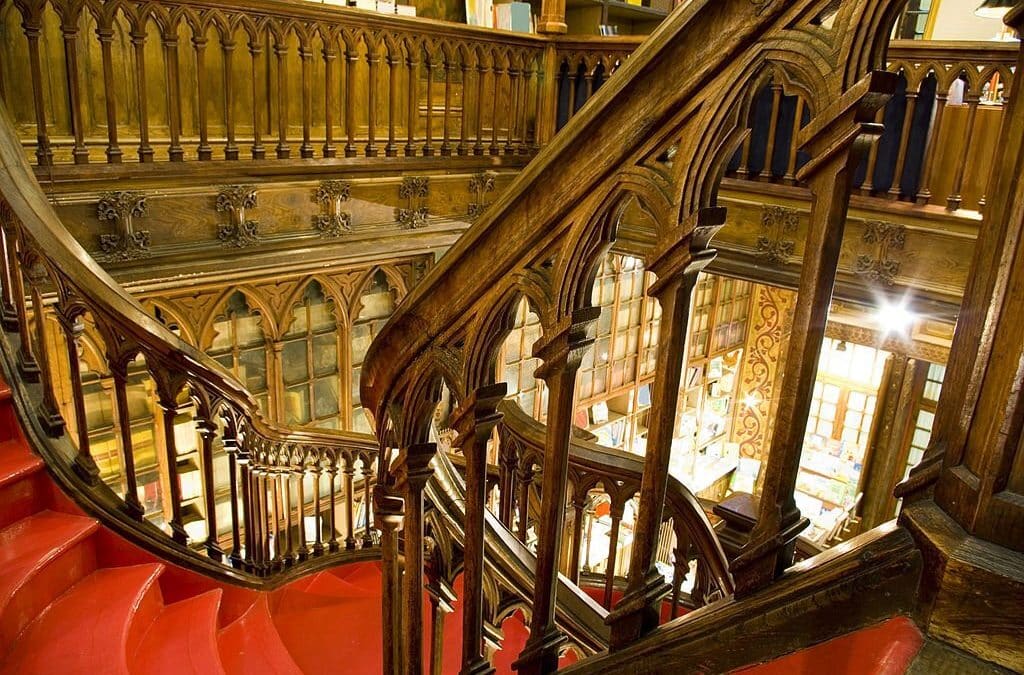Whether you’re building a new home or renovating an existing property, choosing the right balustrade material is an important design decision. A timber balustrade not only provides safety but also enhances the aesthetic appeal of your home. Wood is a popular choice for balustrades thanks to its natural beauty and durability when properly maintained. However, with so many timber varieties available, selecting the perfect one can be overwhelming.
When selecting timber for balustrades, the first crucial factor to consider is durability, particularly in terms of how well the timber will withstand exposure to the elements. Various species of timber possess differing levels of natural durability.
- Hardwoods for Durability: Hardwoods like Ironbark and Spotted Gum are renowned for their exceptional durability. They exhibit high resistance to rot, decay, and insect infestations, making them prime choices for outdoor balustrades that are constantly exposed to the elements. Their innate toughness ensures that they can maintain their integrity even in challenging outdoor conditions.
- Softwoods with Proper Coating: While softwoods are generally less naturally durable for exterior applications, they can still be suitable if properly coated with a protective finish. This coating acts as a shield, enhancing their resistance to weathering. Softwood balustrades, when appropriately maintained, can offer lasting performance.
- Oiled Hardwoods: Timber varieties like Jarrah, when treated with oil, become highly weather-resistant. They can withstand the elements without requiring paint, making them low-maintenance options that retain their natural beauty.
- Maintenance Consideration: To ensure the longevity of your balustrades, it’s essential to contemplate the maintenance required over time.
- Low-maintenance timber options are preferable, especially in high-traffic areas, as they reduce the need for frequent upkeep and refinishing.
Aesthetic Appeal Aesthetics play a pivotal role in the selection of timber for balustrades. The visual harmony between the timber and your home’s style is paramount.
- Darker Woods for a Traditional Look: If you aim for a more traditional appearance, consider darker woods like Blackbutt. These timbers evoke a classic and timeless aesthetic that can complement various architectural styles.
- Lighter Timbers for Modern Appeal: Lighter timbers, such as Brushbox, offer a modern and contemporary appeal. They introduce brightness and a sense of space, making them suitable for homes with a modern design.
- Exotic Imports for Striking Patterns: Exotic timber imports like Ipe are distinguished by their striking grain patterns. These unique patterns can create a visually captivating focal point in your balustrade design.
- Ageing of Timber: Additionally, consider how the timber will age naturally over the years. Some timbers develop a beautiful silvery patina as they weather, while others may darken or retain their original hue. Understanding how your chosen timber will evolve over time can influence your design decisions.
The strength and stability of the chosen timber are paramount when designing balustrades, as they need to withstand physical stresses such as leaning and impacts.
- Dense Hardwoods for Strength: Dense hardwoods like Ironbark and Spotted Gum are exceptionally strong and stable. Their inherent strength ensures that they can endure the physical demands placed on timber balustrades, providing long-term safety and reliability.
- Softwoods with Reinforcement: While softwoods are generally less stable, they can be reinforced with steel if necessary. This reinforcement enhances their structural integrity, making them a viable option when appropriately strengthened.
- Avoiding Twisting, Warping, and Cracking: It’s crucial to avoid species prone to issues like twisting, warping, or cracking, as these problems can compromise the stability of the timber balustrades over time. Some eucalypt species, for instance, may exhibit such tendencies.
- Stability at Junctions: Ensuring stability at the junctions where balustrades meet stair treads or other surfaces is essential. This prevents the development of gaps or unevenness over time, maintaining the structural integrity of the balustrade system.
Budget
Cost is always a consideration. More exotic species command higher prices. However, factor in the timber’s lifespan – a longer-lasting wood may prove more cost-effective in the long run versus replacing a cheaper option frequently. Look for specials on lesser-used local species too. Reclaimed timber can also offer value and character.
Sustainability
Consider sustainable forestry practises and choose FSC-certified timbers where possible. Some species have been over-harvested, so opt for alternatives. Reclaimed wood is an eco-friendly choice that reduces waste.
Maintenance Requirements
Higher maintenance generally means more frequent cleaning, sanding, and re-coating. So for low-effort homes, easier-care options like Blackbutt or oiled Jarrah suit best. But high-effort owners prefer species like Spotted Gum that really stand out with minimal fuss. Consider your lifestyle.
Building Code Compliance
Check local building codes and property covenants for any restrictions. Some councils only permit certain durable, treated timbers for street-facing balustrades. Building approvals may also be needed if the design deviates from standard heights or baluster spacings.
Get Expert Advice
With the assistance of Austimber, you can rest assured that your timber balustrade selection process will be streamlined and efficient. Our experts at Austimber are here to offer tailored advice based on your specific project requirements and location. You can explore timber samples up close and obtain valuable care recommendations during an on-site visit. By making the right choice with Austimber, your timber balustrade will not only meet safety standards but also serve as a stunning architectural feature, infusing your home with natural warmth and character for many years to come. Conduct your research, and with our guidance, you’re certain to discover the ideal wood for your project.

